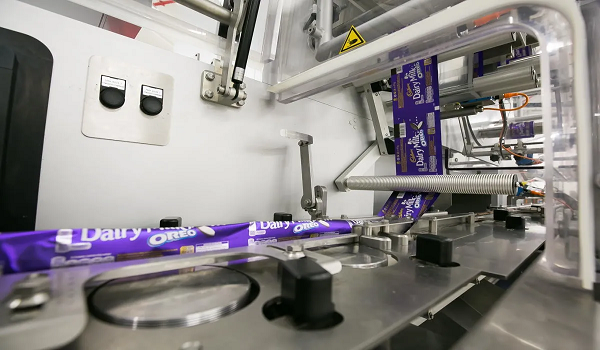Global snacking giant Mondelēz International is grappling with significant challenges in reducing virgin plastic use and meeting its sustainability packaging goals, as outlined in its recently released Snacking Made Right 2024 sustainability report.
The company, which owns household brands such as Oreo, Ritz, and Clif, reported a 4.6% increase in virgin plastic usage compared to 2020 levels, a setback from its goal of a 5% reduction by 2025. This reversal came despite three consecutive years of progress.
The stagnation extended to other sustainability metrics as well. The proportion of Mondelēz packaging designed to be recyclable remained flat at 96% for the third straight year, falling short of its 98% goal for 2025. Meanwhile, recycled plastic content in packaging edged up slightly to 1.6%, still far from the 5% target.
Of the 875,800 metric tons of packaging used by the company in 2024, 49% was corrugated and 27% paper-based. Flexible plastics accounted for 15%, and rigid plastics, whose use declined compared to 2023, made up just 6%. Glass and metal each contributed about 1%.
Despite these challenges, Mondelēz highlighted incremental progress in certain areas. In North America, plastic cookie trays are being transitioned to include up to 50% recycled PET, and in Southeast Asia, plastic trays were eliminated from its cookie lines.
The company attributed its packaging struggles to a complex set of global issues, including fragmented regulations, supply chain disruptions, and limited availability of cost-effective recycled materials. It emphasized the need for stronger international cooperation, supporting a “legally-binding treaty” for harmonized global policy on plastic waste and recycling infrastructure.
While Mondelēz stopped short of confirming whether it will meet its 2025 targets or revise them, it acknowledged ongoing hurdles. “We anticipate facing challenges in sourcing new materials and overcoming technical barriers in qualifying and scaling new solutions,” the report noted.
The findings underscore the broader challenges faced by global consumer goods companies as they navigate the transition to sustainable packaging under growing regulatory and public pressure.
Would you like a quick infographic summarizing their progress and shortfalls from 2020 to 2024?


